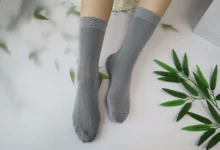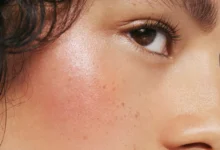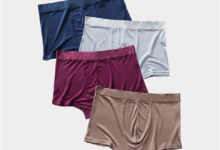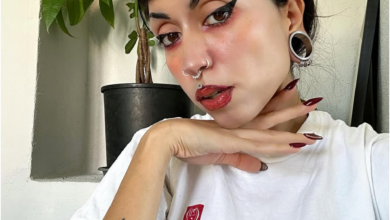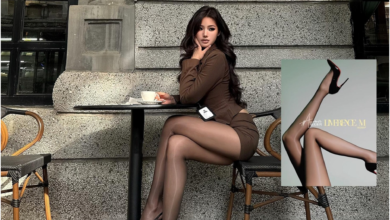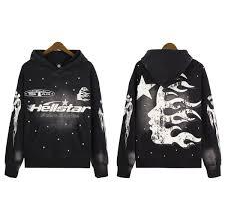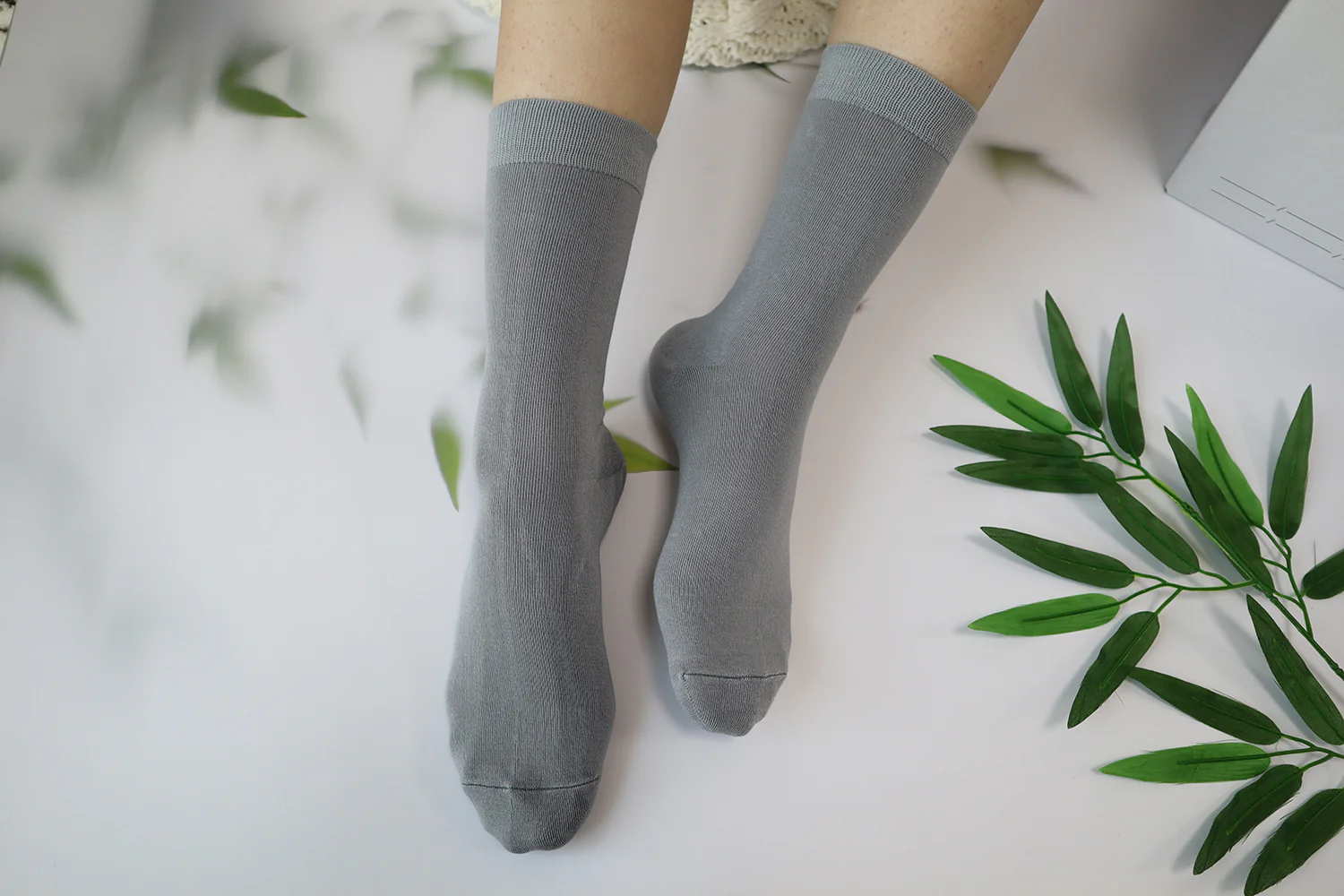
Step into Comfort: The Revolution of Bamboo Socks in Sustainable Fashion
Sustainable fashion has come a long way, diversifying its reach and innovating with materials that align with its core principles of environmental stewardship and social responsibility. One textile that has gained significant traction in the world of eco-friendly fashion is bamboo. Known for its soft finish and durable nature, bamboo has transformed various segments of the fashion industry, including the niche yet essential market for foot comfort—socks.
Table of Contents
The Emergence of Bamboo in Fashion
Bamboo is a rapidly renewable resource, envied for its swift growth and minimal need for intervention such as irrigation or pesticides. Its natural attributes have cast it as an excellent alternative to traditional cotton and synthetic fibres, which often come with a heavier environmental footprint. The adaptation of bamboo into fabric has been revolutionary, leading to the birth of bamboo socks, which are at frontline of this movement.
Why Choose Bamboo Socks?
The reasons for the growing popularity of bamboo socks are numerous. Firstly, bamboo fabric boasts superior moisture-wicking properties, keeping feet dry and comfortable throughout the day. This is a fundamental consideration for maintaining foot health and comfort, particularly for those with active lifestyles or specific medical conditions.
Additionally, bamboo is hypoallergenic and antibacterial, deterring odours and reducing the likelihood of skin irritations. This is especially important in footwear where the enclosed, often warm and moist environment can promote bacterial growth.
Bamboo socks also present a softness that rivals even the finest cottons, providing a luxurious feel against the skin. Yet, despite their softness, bamboo fibres are remarkably strong, ensuring these socks are not only comfortable but also durable and long-lasting.
Environmental Advantages of Bamboo
The fashion industry has been scrutinised for its environmental impact, from intensive water use to chemical runoff and high carbon emissions. Bamboo fibres present a solution to some of these critical issues. Bamboo plants sequester a significant amount of carbon, and since they thrive naturally without the need for agricultural toxins, they leave a much lighter ecological footprint than many other textile crops.
Furthermore, bamboo’s natural pest resistance translates to a reduction in the need for harmful pesticides that can contaminate waterways and jeopardise ecosystems. Bamboo also requires considerably less water to grow compared to traditional cotton. This conservation of water resources is vital in an era where water scarcity is an increasing global concern.
Ethical and Social Aspects of Bamboo Fabric Production
Sustainable fashion isn’t just about the environment; it’s also about fair labour practices and supporting sustainable livelihoods. The bamboo industry offers the potential for ethical sourcing and production, given the right oversight and commitment to fair trade principles. When bamboo fabric is manufactured and sourced responsibly, it supports community development and provides an alternative income for agricultural workers.
Turning bamboo into fabric is a complex process, and transparency in the production chain is crucial for ensuring that sustainability standards are upheld. Conscious consumers often look for certifications and detailed information about the sourcing and manufacturing of their clothing, including their bamboo socks.
Adopting Bamboo Socks for a Sustainable Wardrobe
Globally, the demand for environmentally-friendly apparel is rising, and bamboo socks serve as an accessible entry point for individuals aiming to green their wardrobes. It’s a small change that can signify a personal commitment to sustainable living, one step at a time.
Besides their sustainability advantages, bamboo socks are becoming a fashion statement in their own right, available in various styles, colours, and patterns. This allows them to fit seamlessly into any wardrobe, whether the preference is for something bold and eye-catching or classic and understated.
As with any sustainable garment, care and maintenance extend product life and reduce environmental impact even further. Bamboo socks are typically easy to care for, requiring simple washing and drying methods that have minimal impact on the product’s integrity and the environment.
Challenges and Considerations
While bamboo is an exciting development in sustainable fashion, it’s not without its challenges. Advocates for sustainable fashion emphasize the importance of considering the entire lifecycle assessment of bamboo products. This includes acknowledging the chemical processes that some bamboo fibres undergo during manufacturing, notably when transformed into a soft textile like viscose or rayon.
Closed-loop manufacturing processes, where chemicals are reused rather than discharged, represent an improved approach to bamboo fabric production, but the implementation of such systems is not yet universal. Therefore, consumers seeking bamboo-based products must remain diligent in their research to ensure they support ecologically conscious brands.
Looking Forward with Bamboo Fabric
The potential of bamboo in sustainable fashion is beginning to be realized, as it is increasingly embraced for its benefits to both people and the planet. Innovations in bamboo fabric production are making it more environmentally sound, and its use in products like bamboo socks is positioning the material as a staple in the eco-conscious consumer’s closet.
Looking ahead, as education around the importance of sustainable fashion grows and technology enhances the eco-friendliness of bamboo fabric production, bamboo socks may well become emblematic of a new era of fashion: one that prioritises comfort, style, sustainability, and responsibility.
The fashion industry continues to search for materials that uphold the ethos of green living. As sustainability becomes an ever-greater part of the consumer consciousness, the rise of bamboo fibre, particularly in products such as bamboo socks, heralds a revolution that strides forward – quite literally – towards a more sustainable future.

